AI overview of Quantitative PCR (qPCR) Market
The Quantitative PCR (qPCR) Market is poised for significant growth, projected to reach a market size of US$ 4.82 billion by 2031, up from US$ 2.57 billion in 2023, reflecting a robust CAGR of 8.2% from 2023 to 2031. This growth is driven by the increasing demand for qPCR in detecting infectious diseases and advancements in PCR technologies. Key segments include instruments, reagents, and software, catering to diverse end-users such as healthcare and research laboratories. Notably, the integration of artificial intelligence and data analysis is emerging as a future trend, enhancing the capabilities of qPCR applications. The Quantitative PCR (qPCR) Market report highlights these dynamics, providing insights into market share and growth opportunities.
The quantitative PCR (qPCR) market size is projected to reach US$ 4.82 billion by 2031 from US$ 2.57 billion in 2023; the market is estimated to record a CAGR of 8.2% during 2023–2031.
qPCR, also known as real-time PCR, allows users to monitor the progress of a PCR in real time. Employing qPCR allows professionals to calculate PCR amplification simultaneously as the reaction proceeds. qPCR is an extensively used diagnostic technique in diverse sectors such as research, pharmaceuticals, and biotechnology. The demand for molecular testing is fueled by technological advancements in PCR systems, and the need for accurate and reliable cancer biomarker detection processes. Technological advancements in qPCR technologies and the growing demand for qPCR in infectious disease diagnosis are further projected to propel the growth of the market in the coming years. The quantitative PCR (qPCR) market trends include the integration of artificial intelligence and data analysis.
Growth Drivers:
PCR has become a crucial tool for various clinical and diagnostic applications or examinations. Relative simplicity, exquisite sensitivity, and cost-effectiveness are among the noteworthy advantages of PCR that have tremendously increased the use of PCR technology in the past years. It is a robust and reliable technology used in most molecular biology labs to amplify specific stretches of DNA for genotyping, cloning, and single nucleotide variation analysis. It also serves as the basis for most next-generation sequencing (NGS) preparation. Technological advancements are producing different types of PCR techniques. In particular, high-tech real-time PCR or qPCR systems are used to diagnose diseases, identify viruses and bacteria, and aid forensic investigations. Since its development, qPCR has grown to be an essential component of molecular biology and is widely used in research, clinical diagnostics, and testing for food safety. Its major advantages are rooted in the quantification and viral strain genotyping abilities it offers to users, enabling the estimation of reinfection based on the quantity of virus present in target tissues. It has transformed the field of nucleic acid detection and quantification, allowing researchers and medical professionals to analyze genes, mutations, and genetic variants in unprecedented detail.
CRISPR-based qPCR, automated qPCR systems, multiplex qPCR, and next-generation qPCR are examples of recent advancements in qPCR technology. With improved sensitivity, specificity, and accuracy, these systems broaden the application of qPCR in clinical diagnosis, research, and food safety testing, among other applications. Multiple target sequences can be detected and quantified in a single reaction using multiplex qPCR, saving time and reducing sample requirements. This method is useful for pathogen detection, gene expression profiling, and genetic variation analysis. In addition, next-generation qPCR helps detect and quantify nucleic acid sequences in an array of samples using cutting-edge sequencing technologies. This technique has a high degree of sensitivity and accuracy for detecting low-abundance target sequences. With careful consideration of primer design, optimization, and sample preparation, qPCR analysis can yield valuable insights into gene expression, disease diagnosis, and food safety testing. Thus, technological advancements in PCR technologies are contributing to the quantitative PCR (qPCR) market growth.
Customize This Report To Suit Your Requirement
You will get customization on any report - free of charge - including parts of this report, or country-level analysis, Excel Data pack, as well as avail great offers and discounts for start-ups & universities
Quantitative PCR (qPCR) Market: Strategic Insights
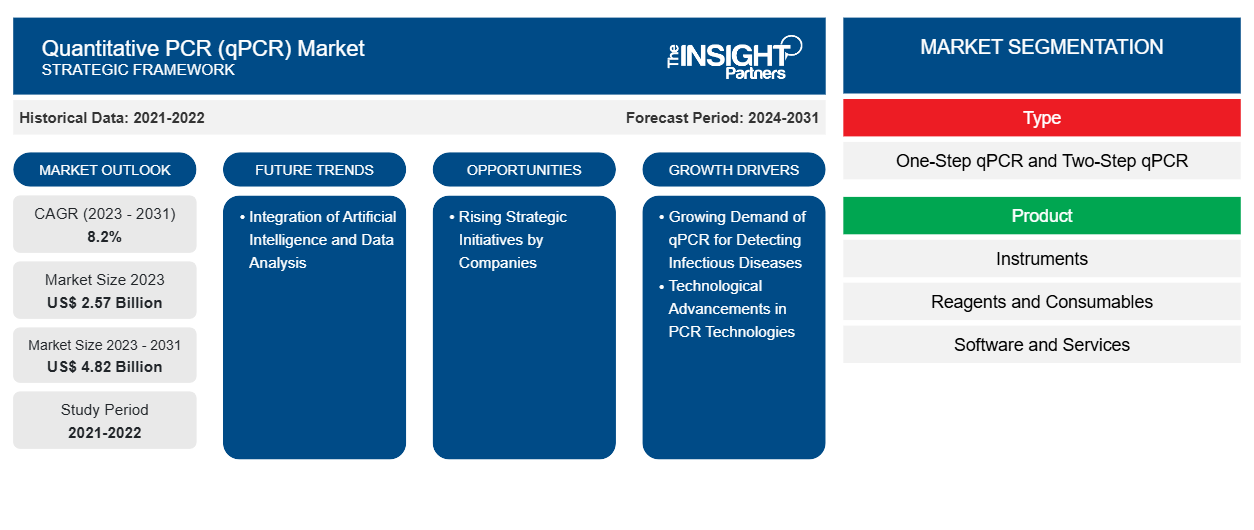
- Get Top Key Market Trends of this report.This FREE sample will include data analysis, ranging from market trends to estimates and forecasts.
You will get customization on any report - free of charge - including parts of this report, or country-level analysis, Excel Data pack, as well as avail great offers and discounts for start-ups & universities
Quantitative PCR (qPCR) Market: Strategic Insights

- Get Top Key Market Trends of this report.This FREE sample will include data analysis, ranging from market trends to estimates and forecasts.
Report Segmentation and Scope:
The quantitative PCR (qPCR) market analysis has been carried out by considering the following segments: type, product, application, end user, and geography. Based on type, the market is segmented into one-step qPCR and two-step qPCR. In terms of product, the market is classified into reagents and consumables, instruments, and software and services. By application, the market is segmented into research, clinical, and forensics. Based on end user, the market is categorized into hospitals and diagnostic centers, research laboratories and academic institutes, pharmaceutical and biotechnology companies, forensic laboratories, and clinical research organizations. The geographic scope of the quantitative PCR (qPCR) market report covers North America (US, Canada, and Mexico), Europe (France, Germany, UK, Spain, Italy, and Rest of Europe), Asia Pacific (China, Japan, India, South Korea, Australia, and Rest of Asia Pacific), the Middle East & Africa (Saudi Arabia, South Africa, UAE, and Rest of Middle East & Africa), and South & Central America (Brazil, Argentina, and Rest of South & Central America).
Segmental Analysis:
The quantitative PCR (qPCR) market, by type, is categorized into one-step qPCR and two-step qPCR. The two-step qPCR segment held a significant market share in 2023. It is anticipated to record a higher CAGR in the market during 2023–2031.
Based on product, the market is categorized into reagents and consumables, instruments, and software and services. The reagents and consumables segment held a significant quantitative PCR (qPCR) market share in 2023, and it is further estimated to register the highest CAGR during 2023–2031.
The quantitative PCR (qPCR) market, by application, is categorized into research, clinical, and forensics. The clinical segment held a significant market share in 2023. It is anticipated to record the highest CAGR in the market during 2023–2031.
Based on end user, the quantitative PCR (qPCR) market is segmented into hospitals and diagnostic centers, pharmaceutical and biotechnology companies, research laboratories and academic institutes, forensic laboratories, and clinical research organizations. The hospitals and diagnostic centers segment held a significant market share in 2023 and is expected to register the highest CAGR during 2023–2031.
Regional Analysis:
In terms of geography, the quantitative PCR (qPCR) market is segmented into North America, Europe, Asia Pacific, South & Central America, and the Middle East & Africa. In 2023, North America captured a significant share of the market. In 2023, the US dominated the market in this region. The quantitative PCR (qPCR) market growth in North America is attributed to the extensive R&D conducted across various academic and research institutes, growing focus on employing advanced techniques and tools in healthcare, government and private initiatives and funds for promoting precision medicine as well as genomic research, upsurge in demand for innovative products from PCR companies, and presence of key market players.
In June 2020, Azure Biosystems launched Azure Cielo real-time PCR instrument. The Cielo is a 96-well qPCR machine that maintains the brand promise of compact design, high performance, and intuitive workflow. The Azure Biosystem's sensitivity and reliability have been devoted to genomics applications. The Cielo marks the first instrument dedicated to the genomics workflow for the company.
Industry Developments and Future Opportunities:
The quantitative PCR (qPCR) market report includes company positioning and concentration to evaluate the performance of competitors in the market. As per company press releases, below are a few initiatives taken by key players operating in the market:
- In May 2023, Standard BioTools Inc. launched NGS library preparation functionality on the X9 High-Throughput Genomics System. With this launch, customers can run real-time PCR and NGS library preparation applications on a single benchtop system to support discovery through screening.
- In March 2021, Agilent Technologies Inc introduced a real-time reverse transcription (qRT) PCR-based diagnostic kit for SARS-CoV-2 RNA detection. The Agilent SARS-CoV-2 qRT-PCR Dx kit is an in vitro diagnostic reagent kit for detecting SARS-CoV-2 RNA using qRT-PCR. The single-tube assay enables increased efficiency, higher throughput, less consumable usage, and unambiguous results for testing outcomes confidence.
Quantitative PCR (qPCR) Market Regional Insights
The regional trends and factors influencing the Quantitative PCR (qPCR) Market throughout the forecast period have been thoroughly explained by the analysts at The Insight Partners. This section also discusses Quantitative PCR (qPCR) Market segments and geography across North America, Europe, Asia Pacific, Middle East and Africa, and South and Central America.
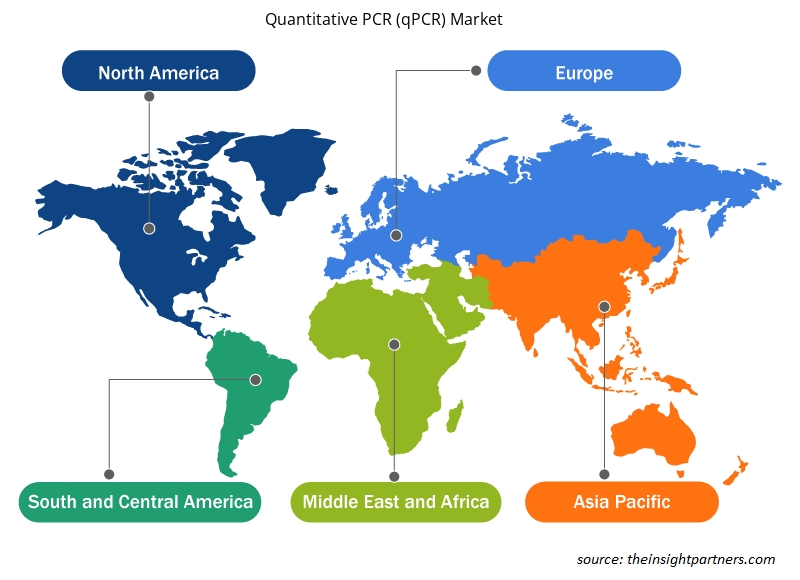
- Get the Regional Specific Data for Quantitative PCR (qPCR) Market
Quantitative PCR (qPCR) Market Report Scope
| Report Attribute | Details |
|---|---|
| Market size in 2023 | US$ 2.57 Billion |
| Market Size by 2031 | US$ 4.82 Billion |
| Global CAGR (2023 - 2031) | 8.2% |
| Historical Data | 2021-2022 |
| Forecast period | 2024-2031 |
| Segments Covered |
By Type
|
| Regions and Countries Covered | North America
|
| Market leaders and key company profiles |
Quantitative PCR (qPCR) Market Players Density: Understanding Its Impact on Business Dynamics
The Quantitative PCR (qPCR) Market is growing rapidly, driven by increasing end-user demand due to factors such as evolving consumer preferences, technological advancements, and greater awareness of the product's benefits. As demand rises, businesses are expanding their offerings, innovating to meet consumer needs, and capitalizing on emerging trends, which further fuels market growth.
Market players density refers to the distribution of firms or companies operating within a particular market or industry. It indicates how many competitors (market players) are present in a given market space relative to its size or total market value.
Major Companies operating in the Quantitative PCR (qPCR) Market are:
- Abbott Laboratories
- Thermo Fisher Scientific Inc.
- Standard Biotools Inc.
- F. Hoffmann-la Roche Ltd
- Qiagen
- Lepu Medical Technology Beijing Co Ltd
Disclaimer: The companies listed above are not ranked in any particular order.
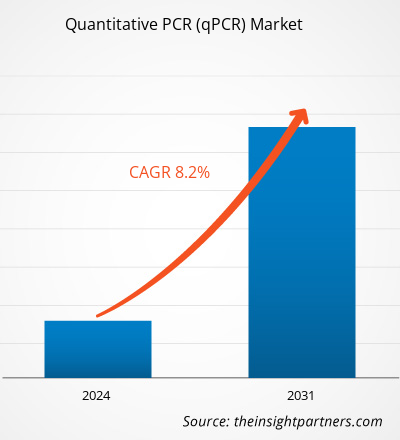
- Get the Quantitative PCR (qPCR) Market top key players overview
Competitive Landscape and Key Companies:
The quantitative PCR (qPCR) market forecast can help stakeholders plan their growth strategies. Abbott Laboratories, Thermo Fisher Scientific Inc., Standard Biotools Inc., F. Hoffmann-la Roche Ltd, Qiagen, Lepu Medical Technology Beijing Co Ltd, Bio-rad Laboratories Inc., Takara Bio Inc., Agilent Technologies Inc., and Fujirebio are among the prominent players profiled in the market. These companies focus on introducing new high-tech products, advancements in existing products, and geographic expansions to meet the growing consumer demand worldwide.
Frequently Asked Questions
- Historical Analysis (2 Years), Base Year, Forecast (7 Years) with CAGR
- PEST and SWOT Analysis
- Market Size Value / Volume - Global, Regional, Country
- Industry and Competitive Landscape
- Excel Dataset
Testimonials
Reason to Buy
- Informed Decision-Making
- Understanding Market Dynamics
- Competitive Analysis
- Identifying Emerging Markets
- Customer Insights
- Market Forecasts
- Risk Mitigation
- Boosting Operational Efficiency
- Strategic Planning
- Investment Justification
- Tracking Industry Innovations
- Aligning with Regulatory Trends
Yes! We provide a free sample of the report, which includes Report Scope (Table of Contents), report structure, and selected insights to help you assess the value of the full report. Please click on the "Download Sample" button or contact us to receive your copy.
Absolutely — analyst assistance is part of the package. You can connect with our analyst post-purchase to clarify report insights, methodology or discuss how the findings apply to your business needs.
Once your order is successfully placed, you will receive a confirmation email along with your invoice.
• For published reports: You’ll receive access to the report within 4–6 working hours via a secured email sent to your email.
• For upcoming reports: Your order will be recorded as a pre-booking. Our team will share the estimated release date and keep you informed of any updates. As soon as the report is published, it will be delivered to your registered email.
We offer customization options to align the report with your specific objectives. Whether you need deeper insights into a particular region, industry segment, competitor analysis, or data cut, our research team can tailor the report accordingly. Please share your requirements with us, and we’ll be happy to provide a customized proposal or scope.
The report is available in either PDF format or as an Excel dataset, depending on the license you choose.
The PDF version provides the full analysis and visuals in a ready-to-read format. The Excel dataset includes all underlying data tables for easy manipulation and further analysis.
Please review the license options at checkout or contact us to confirm which formats are included with your purchase.
Our payment process is fully secure and PCI-DSS compliant.
We use trusted and encrypted payment gateways to ensure that all transactions are protected with industry-standard SSL encryption. Your payment details are never stored on our servers and are handled securely by certified third-party processors.
You can make your purchase with confidence, knowing your personal and financial information is safe with us.
Yes, we do offer special pricing for bulk purchases.
If you're interested in purchasing multiple reports, we’re happy to provide a customized bundle offer or volume-based discount tailored to your needs. Please contact our sales team with the list of reports you’re considering, and we’ll share a personalized quote.
Yes, absolutely.
Our team is available to help you make an informed decision. Whether you have questions about the report’s scope, methodology, customization options, or which license suits you best, we’re here to assist. Please reach out to us at sales@theinsightpartners.com, and one of our representatives will get in touch promptly.
Yes, a billing invoice will be automatically generated and sent to your registered email upon successful completion of your purchase.
If you need the invoice in a specific format or require additional details (such as company name, GST, or VAT information), feel free to contact us, and we’ll be happy to assist.
Yes, certainly.
If you encounter any difficulties accessing or receiving your report, our support team is ready to assist you. Simply reach out to us via email or live chat with your order information, and we’ll ensure the issue is resolved quickly so you can access your report without interruption.












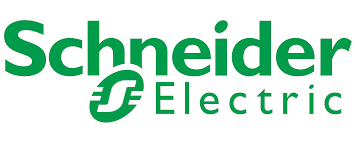


The List of Companies - Quantitative PCR (qPCR) Market
- Abbott Laboratories
- Thermo Fisher Scientific Inc.
- Standard Biotools Inc.
- F. Hoffmann-la Roche Ltd
- Qiagen
- Lepu Medical Technology Beijing Co Ltd
- Bio-rad Laboratories Inc.
- Takara Bio Inc.
- Agilent Technologies Inc.
- Fujirebio.
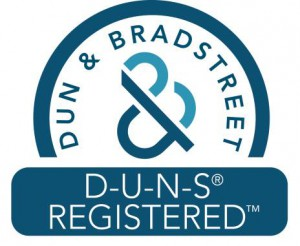
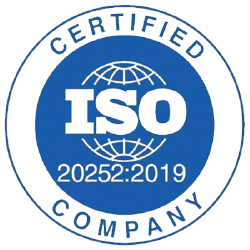
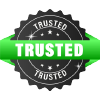



 Get Free Sample For
Get Free Sample For